John Hurrell – 30 October, 2023
Closest to the entrance is a dark blue and pink work, on your left as you walk in. From a distance it is positively seething, with swelling and lurching rows that seem to be coloured liquid. The surface calms down as you advance towards it. What initially seems to be purple is the result of the two colours' juxtaposition—a sort of afterimage, or bleeding over and mixing of hue.
Four ‘chequerboard’ grid paintings of different paired colours interact in this Bonco presentation at Starkwhite, their positions on three walls carefully sequenced so the viewer can investigate and compare the tonal and chromatic colour choices within the alternating squares. Some works are much more optically alive than others, which are subtly composed (more discreet elements) and retinally stable and subdued. Another is neither: it’s quite holistic with an emphasis on totality.
Thin oil paint has been used on the 55 x 55 square grids, carefully applied by small brush on linen without the use of masking tape. The paintings are unframed, while the squared-up grids (of half inches) facing the viewer are not flush with the outer stretcher edges but finish a quarter of an inch inside.
Closest to the entrance is a dark blue and pink work, on your left as you walk in. From a distance it is positively seething, with swelling and lurching rows that seem to be coloured liquid. The surface calms down as you advance towards it. What initially seems to be purple is the result of the two colours’ juxtaposition—a sort of afterimage, or bleeding over and mixing of hue in the brain.
The black and white painting on the end wall is similar in its movement, except it is more turbulent in its centre and less pulsing at its edges. It is not quite so optically frenetic, and has no mixing of tone.
Bonco’s third painting of cerulean blue and scarlet surprisingly is more stable and less disposed to shimmer, while the fourth work of pale khaki and grey on the same wall is very calm.
Oddly, the first and fourth paintings have something in common, even though they are opposite each other in visual/cerebral manipulation and spatial positioning within the room. Each has colours that are chromatically split into two very subtle variations. For example the first has some pinks that are grey-pink mixtures, and dark blues that are more paler naval blues. And with the fourth work, some of the pale greys are in fact mid-tone greys. The chequered format encourages the viewer to ‘check’ the mixing, and to see if the artist is being mischievous, daring the onlooker not to make assumptions. Occasionally some of the squares vary in size, but that is rare and inconsequential.
Bonco’s physically affecting exhibition is about close looking and close thinking (reflection); being also about distinguishing between the immediate effects (close up) of the eye and the other effects (with spatial distancing) of the brain behind it. Note that with optically complicated work like this, photographs are invariably disastrous. You need to experience them in person.
John Hurrell

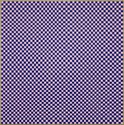
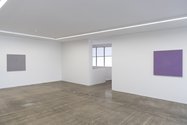
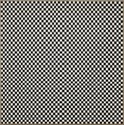
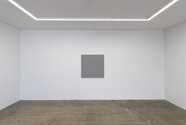
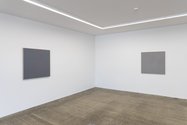
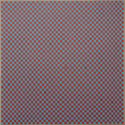
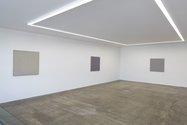
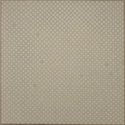
 Two Rooms presents a program of residencies and projects
Two Rooms presents a program of residencies and projects Advertising in this column
Advertising in this column



This Discussion has 0 comments.
Comment
Participate
Register to Participate.
Sign in
Sign in to an existing account.